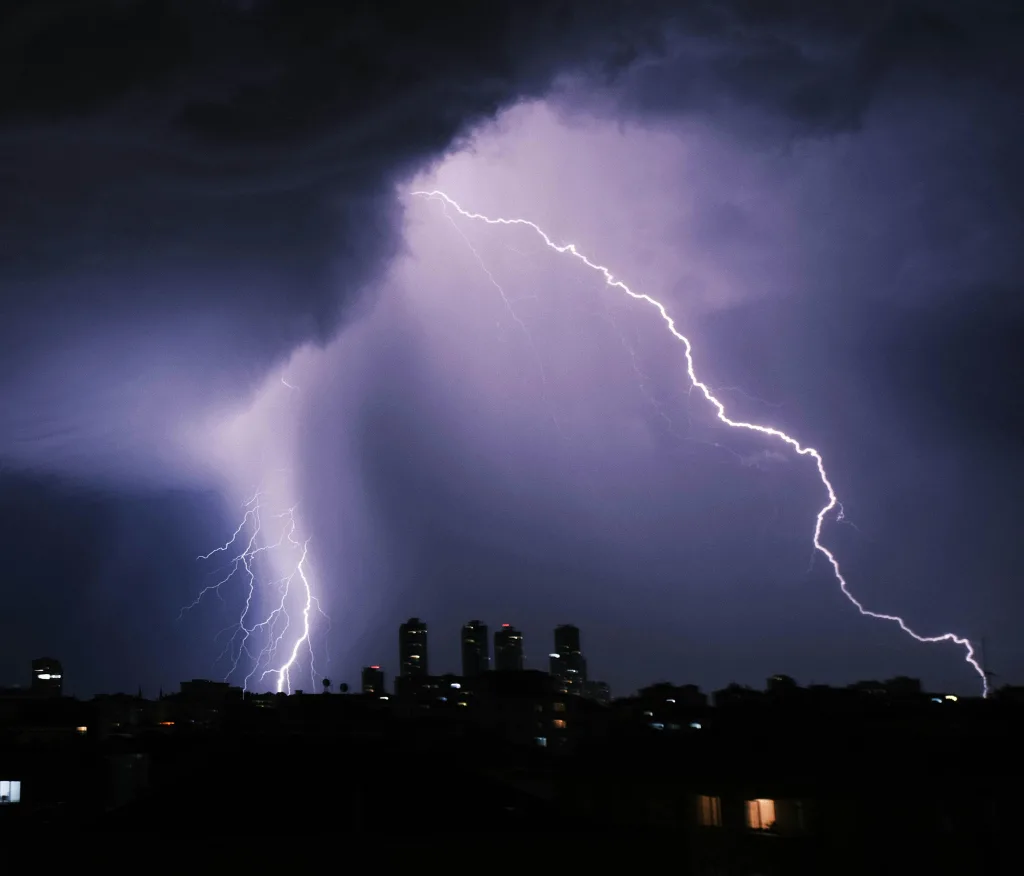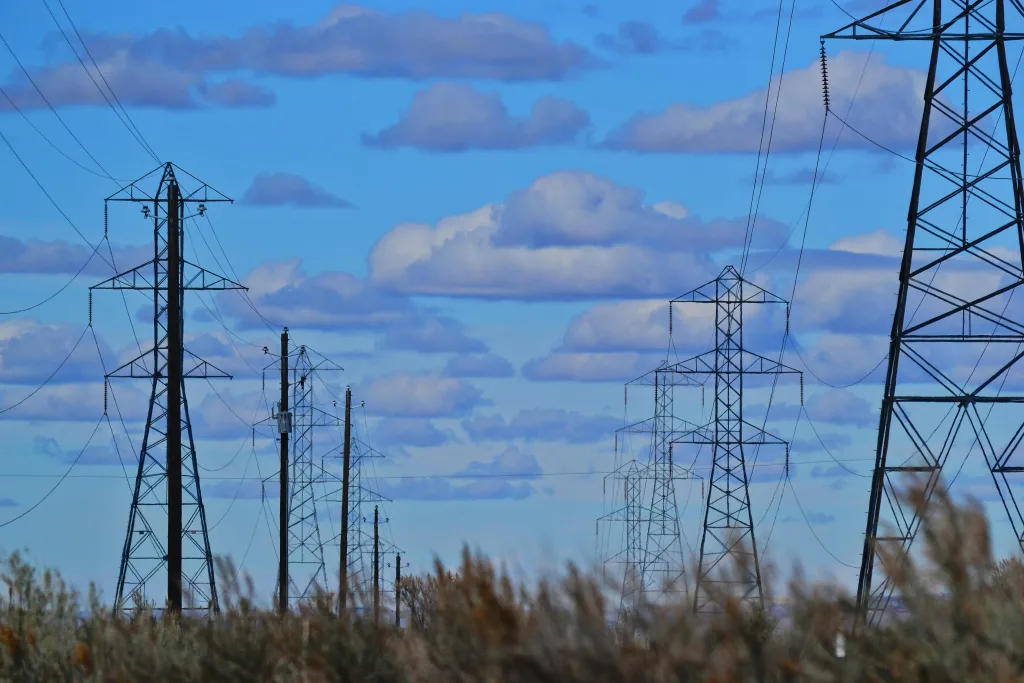Today’s landscape of extreme weather events, an aging national grid, and sophisticated cyberattacks is creating a new era of vulnerability for critical infrastructure and essential industries. For leaders tasked with ensuring power continuity and safety, understanding these escalating challenges isn’t just a best practice, it’s an imperative. At Generator Source, we understand that critical power is the lifeblood of critical operations. While our focus is on ensuring continuous electricity, we recognize that power vulnerabilities are often direct consequences of these major threats.
What Is Critical Infrastructure & Essential Industry?
Critical infrastructure refers to the physical and cyber systems and assets that are so vital to the United States that their incapacitation or destruction would have a debilitating effect on security, national economic security, national public health or safety, or any combination thereof. This includes crucial sectors like:
- Energy: Electricity generation, transmission, and distribution; oil and natural gas.
- Water & Wastewater: Drinking water treatment and distribution; wastewater collection and treatment.
- Communications: Internet, telecommunications, broadcasting.
- Transportation: Aviation, highways, rail, mass transit, pipelines, maritime.
- Healthcare & Public Health: Hospitals, pharmaceutical supply chains, emergency services.
- Financial Services: Banking, stock exchanges.
- Food & Agriculture: Food production, processing, and distribution.
- Government Facilities: Key federal, state, and local government operations.
- IT & Data Centers: The digital backbone of nearly all other sectors.
The Triple Threat = Weather, Aging Grid, and Cyberattacks
While many factors can disrupt critical operations, three interconnected vulnerabilities stand out as immediate and growing concerns for infrastructure and industries:
The assault of extreme weather
From stronger hurricanes and devastating floods that submerge substations to prolonged wildfires that incinerate transmission lines, and severe blizzards that halt fuel deliveries – these events cause widespread physical damage. Perhaps less dramatic but equally impactful are extended heat waves, which not only drive up demand but also make the grid itself less efficient, leading to cascading failures and forced blackouts (as discussed in our previous article). The impact is often widespread, prolonged, and increasingly unpredictable, directly cutting off power and communication.

The fragility of an aging electrical grid
Much of our nation’s power infrastructure was built decades ago, designed for a different era and under different climate conditions. Transformers, transmission lines, and substations are often operating beyond their intended lifespans. This aging equipment is inherently less resilient to stress from extreme weather, less efficient, and more prone to unexpected failures. The grid’s “domino effect” means that a single point of failure – a corroded transformer, an overloaded line – can cascade into widespread blackouts affecting millions, crippling interconnected critical sectors. Investment in modernization hasn’t kept pace with deterioration, leaving businesses and industries increasingly exposed to unreliable public power.

The threat of cyberattacks
As critical infrastructure becomes more digitized, it also becomes a prime target for malicious cyber actors. State-sponsored groups, cybercriminals, and terrorists are constantly probing for weaknesses in operational technology (OT) and information technology (IT) systems that control everything from power plants to water treatment facilities. Ransomware attacks can cripple administrative systems, while more sophisticated attacks aim to directly manipulate or shut down critical physical processes. A successful cyberattack on an energy utility, for example, could directly trigger widespread power outages, disrupting entire regions and affecting all dependent industries simultaneously.

The Compounding Impact of Failure
The consequences of critical infrastructure failure, especially when driven by these triple threats, are severe and far-reaching:
- Economic Devastation: Billions in lost revenue, production, trade, and financial transactions.
- Public Safety & Health Crises: Loss of heating/cooling, potable water, medical services, and emergency communications can endanger lives.
- Societal Disruption: Widespread chaos, loss of essential services, and potential for civil unrest.
- National Security Risks: Jeopardizing defense capabilities and intelligence operations.
Industrial Generators Are Your Shield Against Power Vulnerabilities
While a multi-faceted approach involving advanced cybersecurity, robust physical security, and aggressive infrastructure modernization is essential, one of the most immediate and impactful ways for critical infrastructure and industries to mitigate the “power vulnerability” is through on-site power generation.
- Uninterrupted Operations: Seamless transition to backup power during grid failures caused by storms, aging equipment breakdowns, or cyber-induced outages, maintaining essential services for hospitals, data centers, manufacturing plants, and communication hubs.
- Protection Against Economic Loss: Preventing costly downtime, spoilage of goods, data corruption, and missed production deadlines, even when the public grid fails for extended periods.
- Enhanced Safety: Ensuring lighting, HVAC, and emergency systems remain active for the safety of personnel and the public, regardless of external conditions.
- Grid Independence (When Needed): The ability to isolate from a failing grid and operate autonomously, providing critical stability and self-sufficiency when the primary power source is compromised.
- Support for Grid Resilience: For some, participating in demand response programs by using their generators to reduce grid load during peak stress periods (like a heatwave) can even turn a vulnerability into an asset, helping the broader grid stay online.
Building a Resilient Future Starts Today
The vulnerabilities facing critical infrastructure and industries from extreme weather, an aging grid, and sophisticated cyberattacks are no longer theoretical – they are current realities. Proactive planning, investment in modern power solutions, and the implementation of robust contingency plans are not merely good practice; they are imperative for survival and continued operation.
At Generator Source, we specialize in providing reliable, high-performance industrial generators that serve as a critical layer of defense against these escalating threats. Don’t wait for the next storm, grid failure, or cyberattack to expose your weaknesses. Partner with us to assess your power needs and fortify your operations against the unforeseen.
Contact Generator Source today to discuss how we can help safeguard your critical infrastructure and ensure uninterrupted power.
 Wishlist
Wishlist Cart
Cart